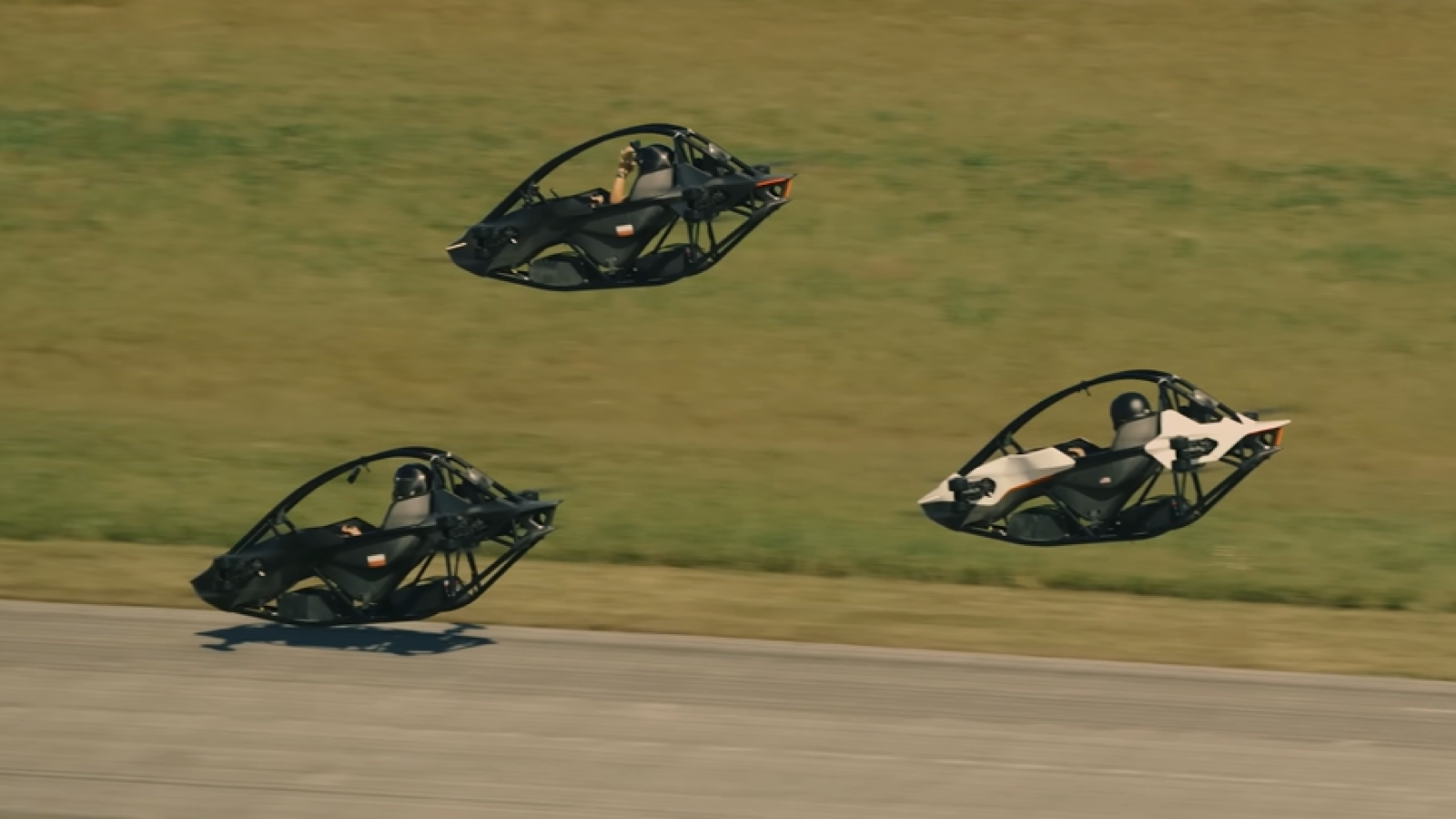In a groundbreaking event that captures the imagination of transportation enthusiasts worldwide, four state-of-the-art flying cars recently competed in a high-stakes race dubbed the 'Sky Formula One.' This demonstration aims to showcase the rapid advancements in aerial vehicle technology and the potential future of urban mobility.
The competition took place in a specially designated airspace, where each vehicle demonstrated its speed, maneuverability, and stability. The flying cars, equipped with cutting-edge propulsion systems and autonomous navigation capabilities, soared through the sky in a series of intense laps, reminiscent of traditional Formula One racing but in a three-dimensional environment.
Observers noted the impressive acceleration and agility of the vehicles, which were able to perform sharp turns and quick ascents with ease. The event was attended by industry experts, government officials, and technology enthusiasts eager to witness the evolution of personal aerial transportation.
Developers behind these flying cars emphasized the importance of safety features, including collision avoidance systems and emergency protocols, to ensure viability for everyday use. The vehicles are designed to operate both autonomously and via remote control, providing flexibility for different operational scenarios.
While still in the testing phase, the race demonstrated the potential for flying cars to become a common sight in urban skies within the next decade. The event also sparked discussions about regulations, infrastructure, and air traffic management necessary to accommodate this new mode of transportation.
As technology continues to advance, experts predict that flying cars could revolutionize how people commute, reduce ground traffic congestion, and open new frontiers for aerial tourism. The 'Sky Formula One' race was a significant step toward turning science fiction into reality, illustrating a future where flying cars are an integral part of daily life.
